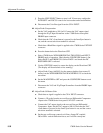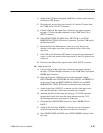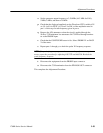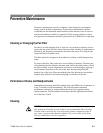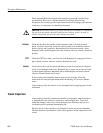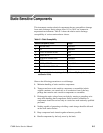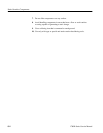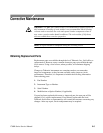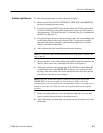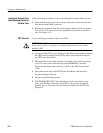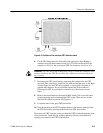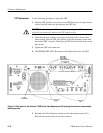
1780R-Series Service Manual
6–3
Static-Sensitive Components
This instrument contains electrical components that are susceptible to damage
from static discharge. Static voltages from 1 kV to 30 kV are common in
unprotected environments. Table 6–1 shows the relative static discharge
susceptibility of various semiconductor classes.
Table 6–1: Static Susceptibility
Relative Susceptibility Levels Voltage*
1 MOS and CMOS 100 to 500 V
2 ECL 200 to 500 V
3 SCHOTTKY SIGNAL DIODES 250 V
4 SCHOTTKY TTL 500 V
5 HF BIPOLAR TRANSISTORS 400 to 600 V
6 JFETS 600 to 800 V
7 LINEAR mCIRCUITS 400 to 1000 V est.
8 LOW POWER SCHOTTKY TTL 900 V
9 TTL 1200 V
* Voltage equivalent for levels (voltage discharged from a 100-pF capacitor through a
resistance of 100W).
Observe the following precautions to avoid damage:
1. Minimize handling of static-sensitive components.
2. Transport and store static-sensitive components or assemblies in their
original containers, on a metal rail, or on conductive foam. Label any
package that contains static-sensitive components or assemblies.
3. Discharge the static voltage from your body by wearing a grounding wrist
strap while handling these components. Static-sensitive assemblies or
components should be serviced only at a static-free work station by qualified
personnel.
4. Nothing capable of generating or holding a static charge should be allowed
on the work station surface.
5. Keep component leads shorted together whenever possible.
6. Handle components by the body, never by the leads.



